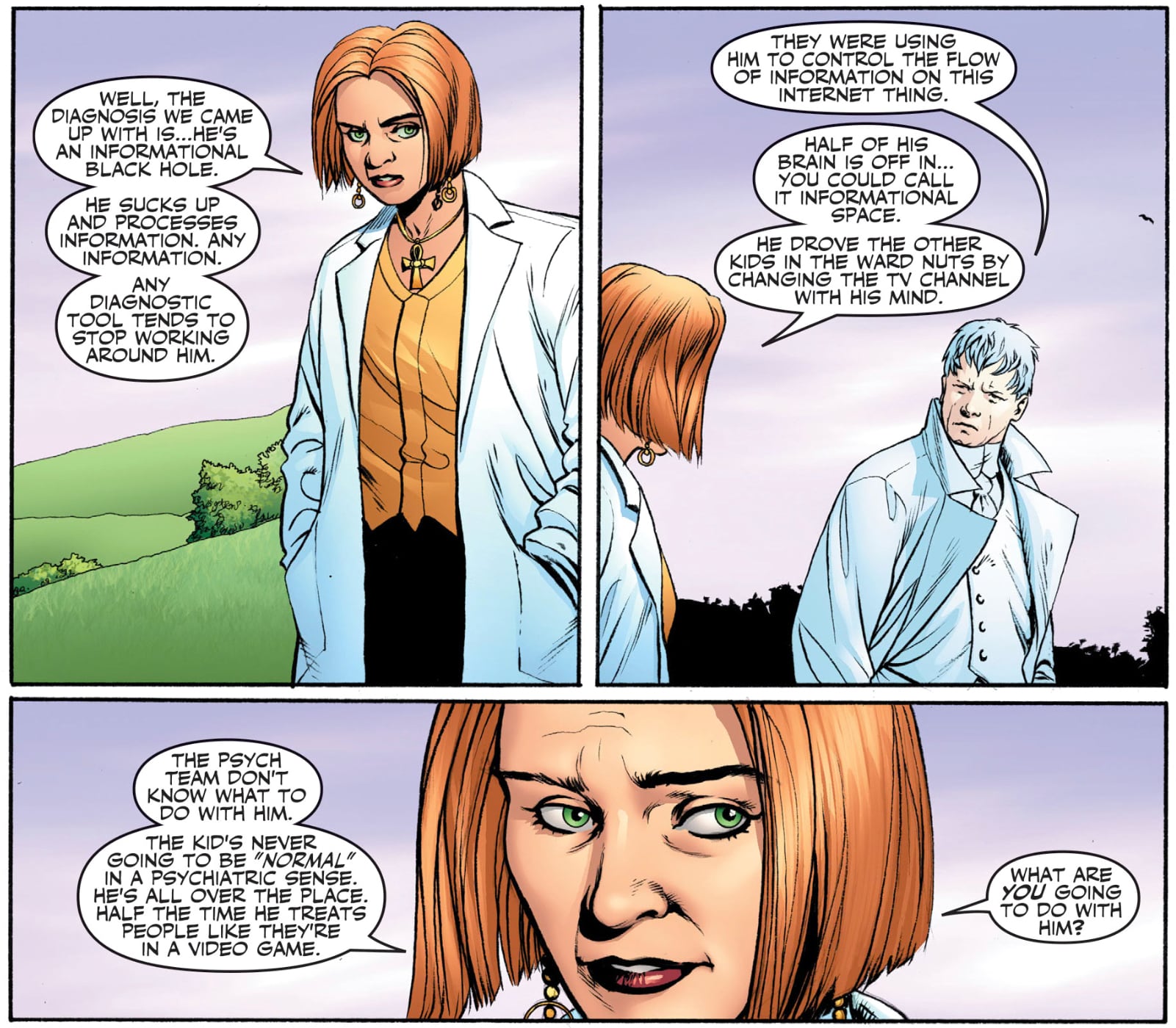Complex PTSD
American Psychology is based on the Diagnostic and Statistical Manual of Mental Disorders, currently the DSM-5, representing the latest, accepted information that our society believes about mental disorders. In this system, Complex PTSD is diagnosed as a mental disorder or a personality pathology. It’s not even officially mentioned in the DSM, making treatment very inconsistent for patients. They get classified according to their observed behaviors into named disorders, sometimes with unique terminology and prescription drugs.

Before learning about Complex PTSD, I wouldn’t see anything wrong with the DSM. The disorders are well researched, organized, and defined for therapists to classify their patients’ mental illnesses. But psychotherapy experts like Dr. Judith Herman and Dr. Peter Levine see it as a chronic nervous system injury. The earliest ideas came from comparing PTSD experiences with soldiers, assault survivors, children from broken homes, and even the reactions of other mammals in nature. This shows that CPTSD is about how energy gets stuck in the body and how to get it moving again.
Most people think of trauma as a “mental” problem, even as a “brain disorder. However, trauma is something that also happens in the body. We become scared stiff or, alternately, we collapse, overwhelmed and defeated with helpless dread. Either way, trauma defeats life.
— Dr. Peter Levine, In an Unspoken Voice (2010)
Details
- [[ CPTSD References ]]
- [[ History of PTSD ]]
- [[ Calming a Black Hole ]]
- [[ Mass Relay ]]
- [[ Emote Horizon ]]
- [[ Sympathetic Arsenal ]]
- [[ Triune Brain Model ]]